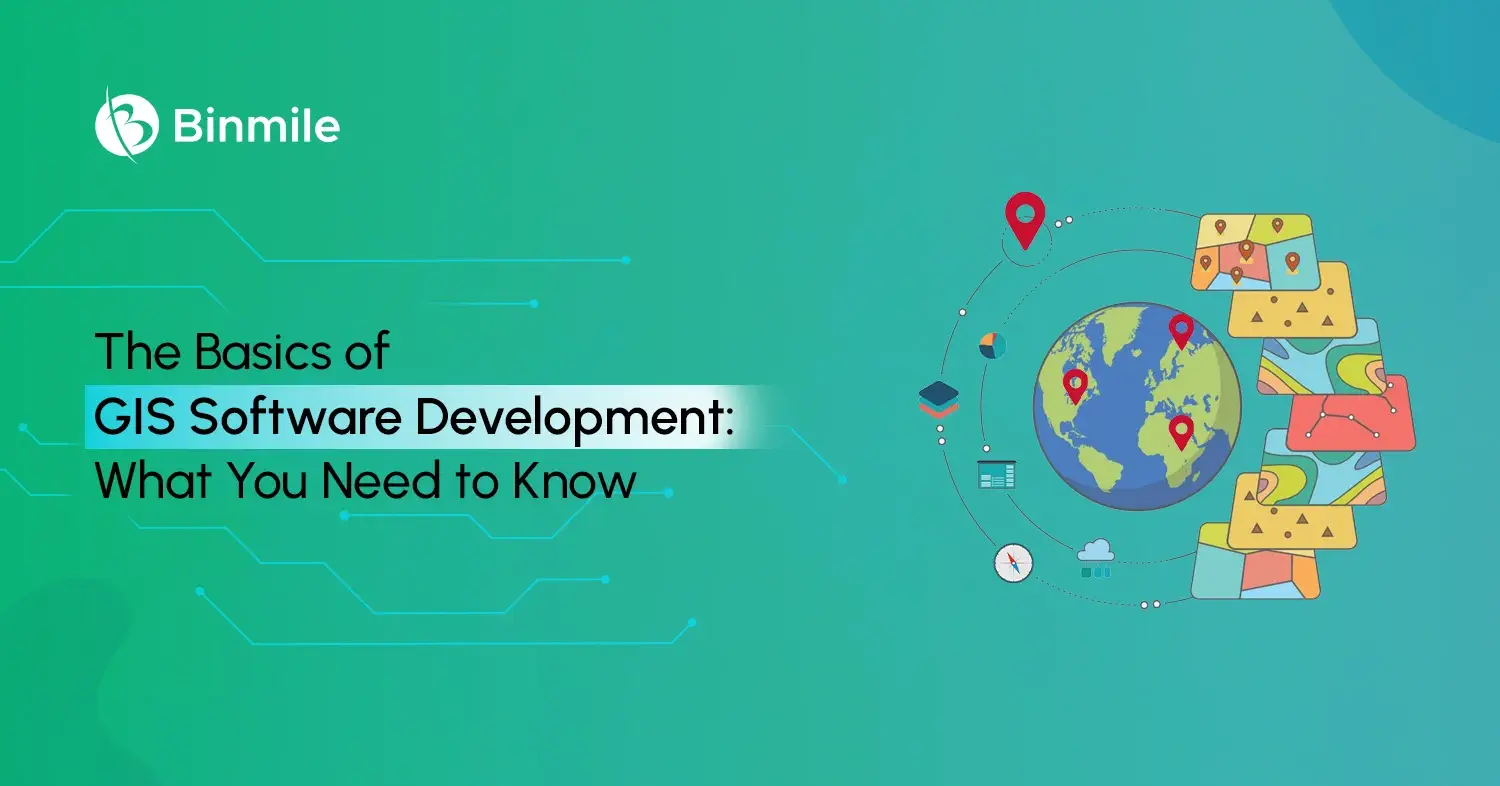Recently, the ASEAN region has emerged as a key focus of new investments by multinationals due to rising domestic demand. Financial market data provider Refinitiv shows that the public equity capital raised by Southeast Asian (SEA) firms reached a four-year high ($8.4 billion) in 2020. Moreover, private equity investments have reached $8.2 billion and expanding the club of startups valued at more than $1 billion. Fintech and e-commerce companies are alluring global investors to put their money in the SEA. Read the content to understand what some of the top and fast-growing industries are in the emerging market of South East Asia.
Fast Growth Industries
The post COVID world is looking for a revival and rising from its ashes. The growth of industries in the South East Asia region is boosted by consumers’ fast adoption of digital platforms and investors’ interest in investment in internet-based companies. Cash-rich global funds and strong interest from public market investors are new factors showing the growth of specific industries in the emerging markets. Find here top industries based on various regions.
1. Indonesia
Ranked 73 out of 190 economies, Indonesia is a new hub for global investment. Thanks to the Indonesian government initiatives, specific business licensing, and the introduction of the online submission system. Moreover, the introduction of the Omnibus Law has opened up more business opportunities in this market.
Top Industries in Indonesia
- E-commerce
- Fintech (finance technology)
- Manufacturing and infrastructure sector
2. Malaysia
Malaysia is good for business opportunities, but you need to pass through long processes while setting up your business and registering for work permits. If you can deal with taxes, then Malaysia beacons you.
Top Industries in Malaysia
- Service sector
- Manufacturing
- Construction
3. The Philippines
With about 110 million people, the Philippines is an emerging market for investors looking for promising business opportunities. The country has a six percent GDP growth, and it has a growing labor force.
Top Industries in the Philippines
- Business Processing Outsourcing (BPO)
- Information Technology
- E-commerce
4. Singapore
Singapore is the top country in SEA in terms of ease of doing innovation and business. With 6 million people and a per capita income of $59,590, Singapore is full of talented resources.
Top 3 Fast-Growth Industries in Singapore
- Fintech
- Cyber security industry
- Health and fitness industry
5. Vietnam
Investors interested in manufacturing, F&B, and the retail industry can make a big difference by investing in Vietnam. With 98 million people and 46% of the labor force, Vietnam earns a score of 85.1 on the World Bank’s Ease of Starting a Business 2020. Vietnam is the most complex startup environment as you need to follow ten procedures to start a business.
Top Industries in Vietnam
- E-commerce
- Electronics
- Manufacturing
6. Thailand
Thailand is the 2nd largest economy in Southeast Asia, with a population of about 70 million people. The introduction of the Eastern Economic Corridor (EEC) has opened a new way to invest in the ASEAN region.
Top 3 Fast-Growth Industries in this Region
- E-commerce
- Automotive and manufacturing
- Infrastructure
Suppose you are an investor and are looking for investment in Southeast Asian markets with different industries. In that case, you need to understand and compare these markets based on the following factors. These factors include World Bank’s ease of doing business index, Bloomberg innovation index, global competitiveness index, global innovation index, global talent competitiveness index, and World Bank’s ease of starting a business index.
Follow us to get updated about mobile app development, ServiceNow, DevOps, Test automation, etc.
Frequently Asked Questions
Several industries contribute significantly to economic growth in Southeast Asia, including:
- Manufacturing: Southeast Asia has emerged as a manufacturing hub for electronics, automotive, textiles, and consumer goods, attracting foreign investment and driving industrial development.
- Tourism: The region’s diverse landscapes, cultural heritage, and vibrant cities make it a popular tourist destination, with tourism contributing substantially to GDP, job creation, and infrastructure development.
- Technology: Southeast Asia’s burgeoning tech sector encompasses e-commerce, fintech, software development, and digital services, fueling innovation, entrepreneurship, and digital transformation across industries.
- Agriculture: Agriculture remains a key sector in many Southeast Asian countries, producing rice, palm oil, rubber, seafood, and other commodities for domestic consumption and export markets.
- Logistics and transportation: With growing trade volumes and infrastructure investments, logistics and transportation services play a crucial role in facilitating regional connectivity, trade flows, and supply chain management.
- Energy: Southeast Asia’s energy sector encompasses oil and gas exploration, renewable energy development, and power generation, addressing growing energy demand and transitioning towards sustainable energy sources.
Singapore supports sustainable urban solutions through various initiatives and partnerships:
- Research and innovation: Singapore invests in research, innovation, and pilot projects to develop and test sustainable technologies and solutions for urban challenges such as energy efficiency, waste management, and urban mobility.
- Green building standards: Singapore promotes green building standards and certifications such as the Green Mark scheme, encouraging developers to design and construct environmentally-friendly buildings with energy-efficient features and sustainable materials.
- Clean energy initiatives: Singapore is committed to transitioning towards cleaner energy sources and reducing carbon emissions through initiatives such as the Singapore Green Plan 2030, promoting solar energy, electric vehicles, and energy-efficient technologies.
- Water management: Singapore is a global leader in water management and sustainability, with initiatives such as NEWater (recycled water), desalination, and water conservation programs ensuring water security and resilience in the face of climate change and water scarcity.
- Collaborative platforms: Singapore hosts events, conferences, and platforms such as the Singapore International Water Week (SIWW) and the World Cities Summit (WCS) to facilitate knowledge sharing, networking, and collaboration on sustainable urban solutions among stakeholders locally and internationally.





